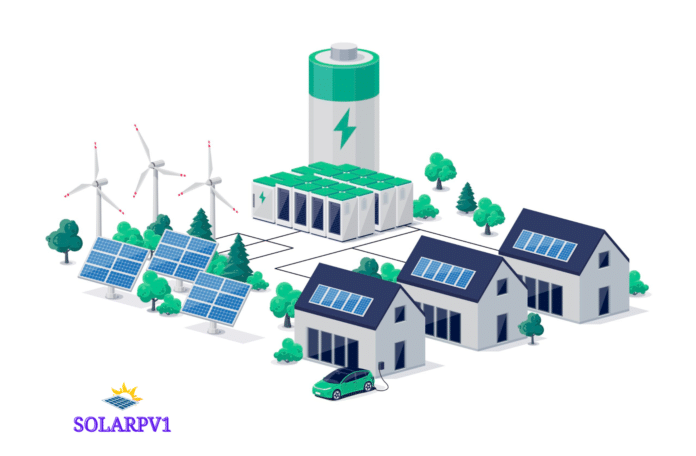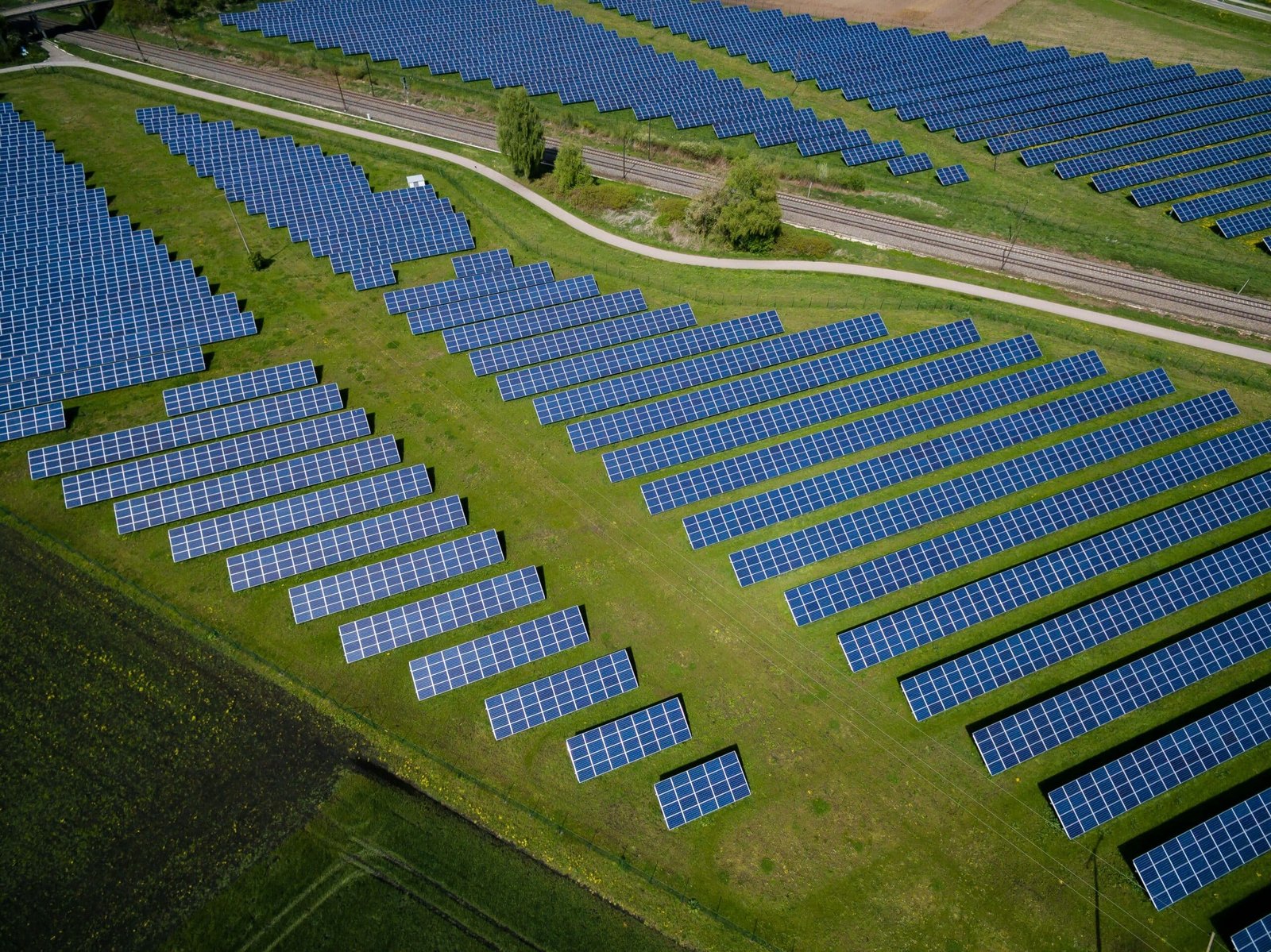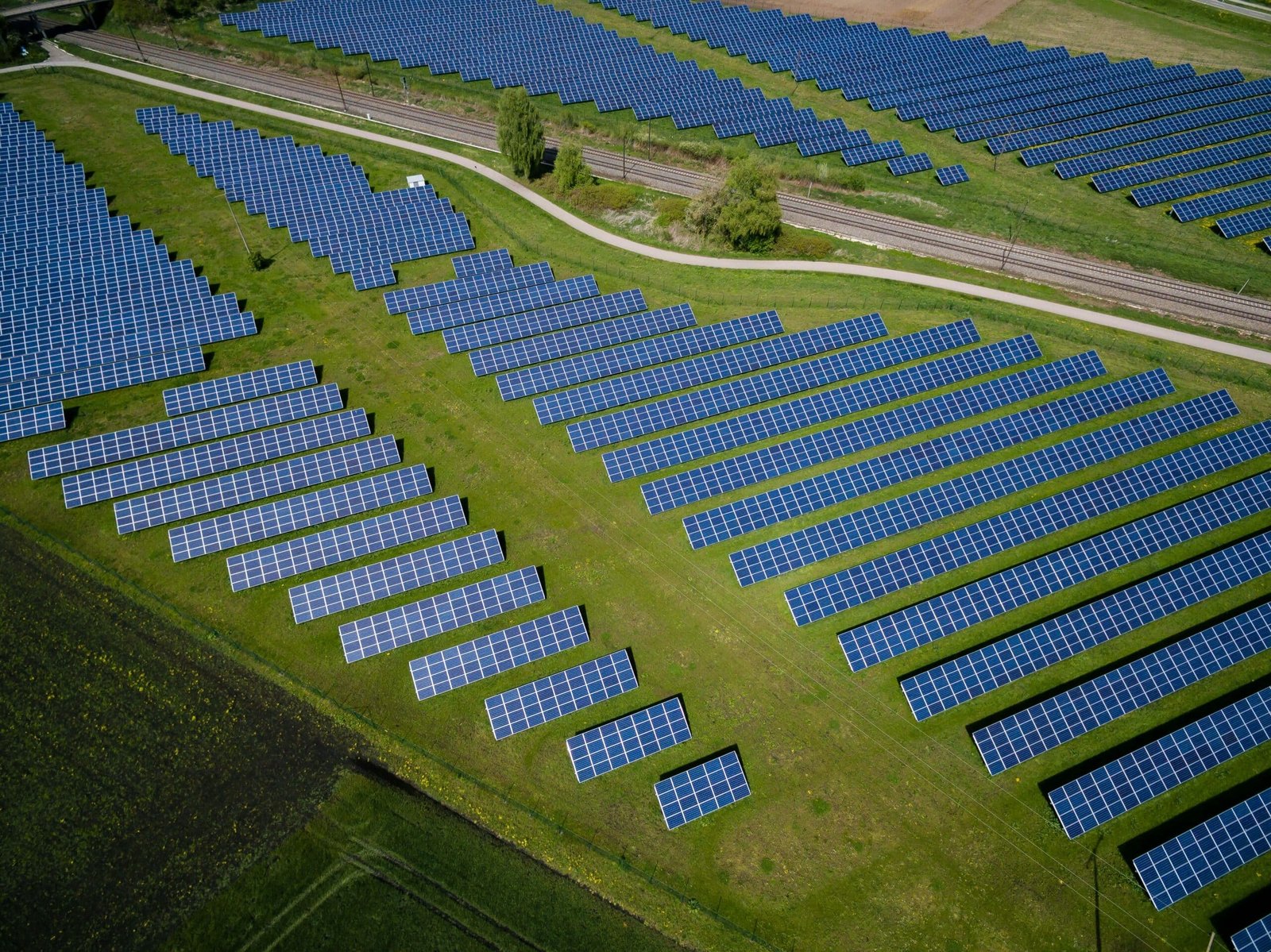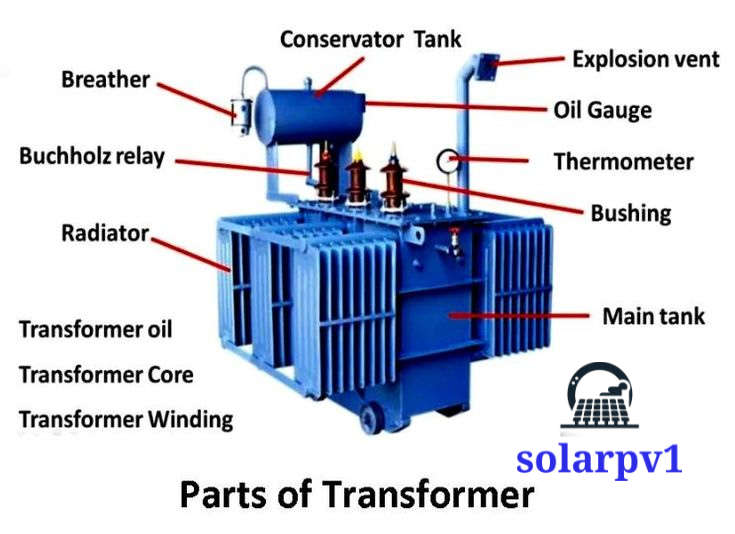Introduction to Battery Energy Storage Systems
Battery energy storage systems (BESS) are vital components in the modern energy landscape, providing a means to store excess energy and deliver it when needed. At their core, BESS consist of batteries, inverters, and control systems, each playing a crucial role in the conversion and storage of energy. The batteries are responsible for capturing energy from various sources, such as renewable resources like solar panels and wind turbines. Once the energy is stored, inverters take on the task of converting the direct current (DC) produced by the batteries into alternating current (AC), which is the form of electricity commonly used in households and businesses.
The importance of BESS is underscored by the increasing integration of renewable energy sources into the existing energy grid. As the demand for clean energy solutions grows, the variability of these resources presents challenges in maintaining a stable and reliable supply of power. Battery energy storage systems address these challenges by enhancing grid flexibility, enabling a smoother transition to renewable sources. By storing surplus energy generated during times of low demand, BESS can release that energy when demand peaks, thereby helping to balance supply and consumption effectively.

Moreover, BESS provides critical backup power solutions during outages, ensuring continuity for essential facilities and services. The growing awareness of climate change issues has spurred innovation and interest in energy storage technology, propelling BESS to the forefront as a key player in energy efficiency and sustainability efforts. In this context, understanding battery energy storage systems is crucial not only for industry professionals but also for consumers seeking informed energy options. The advancement of BESS is pivotal in fostering a resilient energy future while supporting the larger goal of reducing carbon emissions and reliance on fossil fuels.
Types of Battery Technologies Used in Energy Storage
Battery energy storage systems have evolved significantly, with various technologies being employed to capture and store energy for later use. Among these, Lithium-ion batteries are currently the most prevalent due to their high energy density, efficiency, and relatively lightweight design. Composed of lithium cobalt oxide or lithium iron phosphate, these batteries offer fast charging and discharging capabilities, making them ideal for applications ranging from consumer electronics to electric vehicles and grid storage. However, they can be costly and have a limited lifespan, typically lasting between 2,000 to 5,000 cycles, depending on usage conditions.
Another common technology is lead-acid batteries, which have been used for over a century. These batteries operate on a chemical reaction between lead and sulfuric acid, providing a reliable energy storage solution. Their main advantages include low cost, robust performance, and a well-established recycling infrastructure. However, they are comparatively heavier and have lower energy density than lithium-ion batteries, with a lifespan generally around 1,000 cycles. Despite their limitations, lead-acid batteries still play a critical role in off-grid applications and backup power systems.
Flow batteries, distinct in their design, utilize liquid electrolytes to store energy. This enables scalability, as the energy capacity is determined by the size of the electrolyte tanks. Flow batteries are particularly suitable for large-scale energy applications, including renewable energy integration. Their operational longevity, often exceeding 10,000 cycles, makes them advantageous for long-term storage. However, the complexity and cost of the systems can be prohibitive for some users.
Lastly, Sodium-ion batteries are emerging as a promising alternative to lithium-ion technology. Utilizing sodium ions instead of lithium, this technology leverages abundant resources, potentially reducing costs and environmental impact. Research is ongoing to improve their efficiency and cycle life, with the aim of making them a viable option for large-scale energy storage solutions in the future.
Applications of Battery Energy Storage Systems
Battery Energy Storage Systems (BESS) have a diverse range of applications across various sectors, showcasing their versatility and effectiveness in managing and optimizing energy resources. In residential settings, BESS is increasingly adopted to store electricity generated from renewable sources, such as solar panels. This stored energy can be utilized during peak demand hours, allowing homeowners to reduce reliance on grid power and lower their electricity bills. Additionally, BESS serves as a backup power source during outages, ensuring that essential devices remain operational.
In the commercial sector, businesses leverage BESS for load shifting and peak shaving. By storing energy during off-peak hours and discharging it during peak usage times, companies can significantly decrease their energy costs and optimize their overall energy efficiency. Furthermore, frequency regulation is another crucial application where BESS helps maintain grid stability by responding to fluctuations in demand and generation. This capability is particularly beneficial for businesses that require a consistent power supply to operate machinery and equipment effectively.
On an industrial scale, battery energy storage systems play a critical role in renewable energy integration. As industries increasingly adopt solar and wind energy, BESS provides the necessary infrastructure to store excess energy generated during high production periods. This integration facilitates a smoother transition to a sustainable energy future, enhancing energy management and reducing greenhouse gas emissions. Grid-scale projects make use of BESS to provide ancillary services that support the electric grid, further emphasizing the importance of these systems in modern energy infrastructure.
Case studies of successful BESS implementations highlight their effectiveness. For instance, California’s large-scale energy storage initiatives demonstrate how BESS can help in managing renewable energy fluctuations, making it a model for future projects. Overall, the multitude of applications for BESS underscores its vital role in enhancing energy management, sustainability, and resilience across various sectors.
Future Trends and Challenges in Battery Energy Storage
The field of battery energy storage systems (BESS) is poised for significant transformation as emerging technologies and innovative practices shape its future. One of the most promising advancements is the development of solid-state batteries, which promise enhanced energy density, improved safety, and longer life cycles compared to traditional lithium-ion batteries. This technology shift could lead to more efficient energy storage solutions that cater to a variety of applications, from electric vehicles to renewable energy integration.
In addition, the integration of artificial intelligence (AI) for battery management systems (BMS) is emerging as a critical trend. AI can optimize charging and discharging cycles, monitor battery health, and predict maintenance needs, enhancing overall battery performance and lifespan. This capability not only contributes to more efficient energy use but also minimizes downtime, which is crucial in energy-intensive sectors. The combination of solid-state batteries and intelligent management systems may represent a significant leap forward in the reliability and effectiveness of BESS.
However, the landscape of battery energy storage is not without its challenges. Key issues include recycling and sustainability, as the growing demand for batteries raises concerns regarding the environmental impact of battery disposal and resource consumption. Cost remains a formidable barrier; while technological advancements are expected to lower prices, the initial investment for some of these newer technologies can be prohibitive. Performance limitations, particularly in colder climates, also present hurdles that developers must address.
Regulatory hurdles further complicate the landscape, with varying standards and policies across regions. Innovations in BESS are crucial in overcoming these challenges, and as the industry evolves, collaborative efforts among manufacturers, policymakers, and researchers will play a vital role in addressing these issues. As we look to the future, the role of innovation in the battery energy storage sector will be essential in creating sustainable and economically viable solutions.









